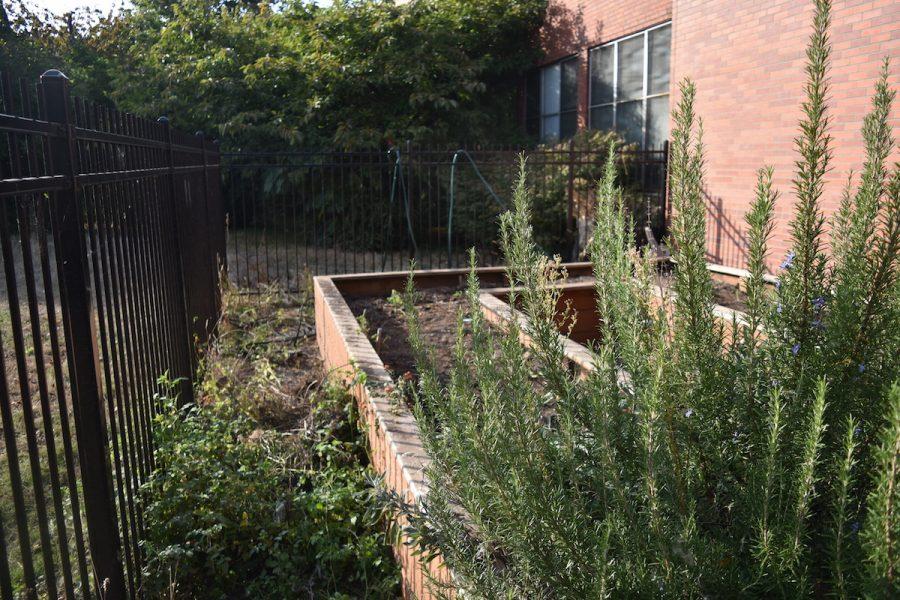School garden offers opportunities for education, service
Lincoln’s school garden.
Tucked into a courtyard on the east side of the Lincoln High School campus is the school’s vegetable garden.
It is not easy to find. Most of it is down a slope and hiding behind some large bushes and trees. In fact, many students probably don’t know it’s there.
But for those interested in gardening, teacher Laura Armstrong is offering a curriculum that can help them both advance their skills and contribute to the community.
The program, called Urban Gardening and Sustainable Agriculture, is now in its third year. Widely thought to be an easy option to fulfill the science credit requirement, it actually requires some effort: Students must work in the garden to get the credit.
Armstrong has been working to steadily improve it.
This year, she said, the most important goal is to “make [the gardens] a more inviting space for the entire school to participate in,” she said. “I’d like other classes to feel like they can use the garden too, and the students can use that space during lunch or anytime.”
In the 2014-2015 school year, the first year of the gardening program, the only way the produce was used was for a class “salad party” and “culinary arts used a little bit,” Armstrong explained.
Last year, she said, the class started donating some of the produce to a local homeless shelter. The amount given to culinary arts has also increased.
“Each year I try to have the classes participate in some kind of improvement to the garden,” she said. She added that “last year we built a lot more raised beds, that was a big thing.”
As for this year “ I would like to focus on getting a watering system put into the gardens” as well as “a vertical garden on the side of the building.”
She also would like to eventually add a “native plants garden” where things are labeled so that people can learn about native plants in the area and “a greenhouse some day,”she said.
Eventually, she said, she’d like to have the class spend time “just fixing up the gardens so they look nicer, and … trying to make them a more inviting space for the entire school to participate in.”
Read about lead concerns in the garden here.

